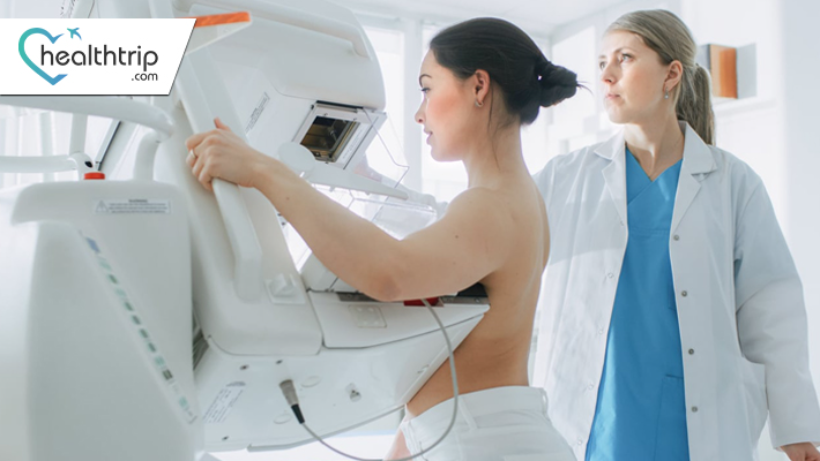
Imbasan PET untuk Kanser Payudara: Diagnosis dan Peringkat
12 May, 2023
Introduction
Breast cancer is one of the most common types of cancer among women worldwide, and early detection and proper diagnosis are crucial in managing the disease. As per the American Malignant Growth Society, it is assessed that roughly 281,550 new instances of obtrusive bosom disease will be analysed in ladies in the US in 2021, alongside 49,290 new instances of painless (in situ) bosom disease. Early detection and diagnosis of breast cancer are critical in improving the chances of successful treatment and recovery. One of the diagnostic tools used in the detection and monitoring of breast cancer is the positron emission tomography (PET) scan.
Ubah Kecantikan Anda, Tingkatkan Keyakinan Anda
Cari kosmetik yang betul prosedur untuk keperluan anda.

Kami pakar dalam pelbagai jenis daripada prosedur kosmetik

While mammography, ultrasound, and MRI are the primary imaging modalities used in the diagnosis and staging of breast cancer, a PET (Positron Emission Tomography) scan is an advanced imaging technique that is increasingly being used to aid in the diagnosis and staging of the disease.
In this blog post, we will explore the role of PET scans in breast cancer diagnosis and staging and highlight their benefits.
What is a PET Scan?
A PET scan is a non-invasive imaging technique that uses a radioactive tracer to detect the metabolic activity of cells in the body. During the procedure, a small amount of radioactive material is injected into the patient's bloodstream, which accumulates in the cells that are actively metabolising, such as cancer cells.
The patient then lies on a table, and a special camera captures images of the tracer's distribution in the body. The images are then processed to create a 3D image of the body's metabolic activity, which helps doctors detect cancer and other diseases.
PET scan used in Breast cancer diagnosis
Prosedur paling popular dalam
Laparoskopi Cystecto
Diskaun sehingga 80%.
90% Dinilai
Memuaskan
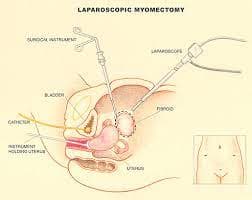
Miomektomi Laparosko
Diskaun sehingga 80%.
90% Dinilai
Memuaskan
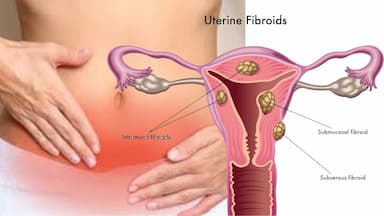
Lavh
Diskaun sehingga 80%.
90% Dinilai
Memuaskan
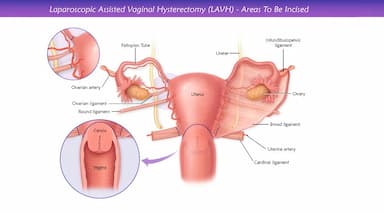
CATATAN
Diskaun sehingga 80%.
90% Dinilai
Memuaskan
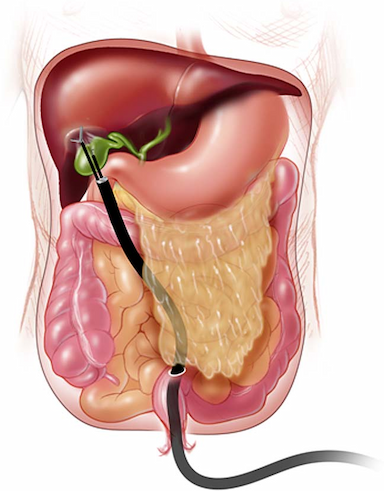
CABG
Diskaun sehingga 80%.
90% Dinilai
Memuaskan
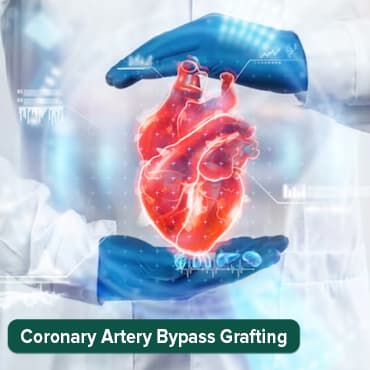
PET scans can be used in several ways in the diagnosis and management of breast cancer. They are typically used in conjunction with other imaging modalities, such as mammography, ultrasound, and magnetic resonance imaging (MRI), to provide a more comprehensive picture of the extent and location of the cancer.
One of the most common uses of PET scans in breast cancer diagnosis is in the staging of the disease. Staging is a process used to determine the extent and spread of the cancer, which helps guide treatment decisions. PET scans can help identify areas of cancerous activity beyond the breast tissue, such as in the lymph nodes, bones, or other organs. This information is critical in determining the stage of the cancer and developing an appropriate treatment plan.
PET scans can also be used to monitor the response to treatment in patients with breast cancer. Because the tracer accumulates in areas of high metabolic activity, changes in the metabolic activity of cancerous cells can be detected over time. This can help doctors determine if the treatment is working or if adjustments need to be made.
Finally, PET scans can be used in the detection of recurrent breast cancer. If a patient has been treated for breast cancer and subsequently experiences symptoms such as pain or a lump, a PET scan can be used to determine if the cancer has returned and, if so, where it has spread.
Benefits of PET scan for Breast cancer diagnosis
PET scans offer several advantages in the diagnosis and management of breast cancer. One of the primary benefits is their ability to detect cancerous activity in areas that may not be visible on other imaging modalities. For example, mammography is an excellent tool for detecting cancerous tissue within the breast, but it may not be able to identify cancer that has spread to the lymph nodes or other organs. PET scans can provide a more comprehensive picture of the extent and location of the cancer, which can help guide treatment decisions.
PET scans are also non-invasive and generally well-tolerated by patients. Unlike other imaging modalities, such as biopsies or surgeries, PET scans do not require any incisions or anaesthesia. The tracer used in PET scans is generally well-tolerated by the body, and patients typically experience minimal discomfort or side effects.
Finally, PET scans can help reduce the need for unnecessary testing and procedures. By providing a more comprehensive picture of the cancer, PET scans can help doctors make more informed decisions about treatment and reduce the need for additional testing or procedures that may not be necessary.
Limitations of PET scan for Breast cancer diagnosis
While PET scans offer several benefits in the diagnosis and management of breast cancer, they also have some limitations. One of the primary limitations is their ability to differentiate between cancerous and non-cancerous tissue. Because the tracer used in PET scans accumulates in areas of high metabolic activity, it can also accumulate in areas of inflammation or infection, which can create false positives. This means that PET scans may identify areas of high metabolic activity that are not actually cancerous, leading to unnecessary testing or procedures.
Another limitation is the cost and availability of PET scans. While PET scans are becoming more widely available, they can still be expensive and may not be covered by all insurance plans. Additionally, not all hospitals or imaging centres have PET scanners, which can make it difficult for patients to access this diagnostic tool.
Finally, PET scans expose patients to a small amount of radiation, which can be a concern for patients who require multiple scans over time. While the amount of radiation exposure is generally considered safe, it is important for patients to discuss any potential risks with their doctor before undergoing a PET scan.
PET Scan Vs Other Imaging Modalities
While PET scan is a useful tool in breast cancer diagnosis and staging, it is not a substitute for other imaging modalities such as mammography, ultrasound, and MRI. Each imaging modality has its strengths and weaknesses, and a combination of imaging techniques is often necessary for an accurate diagnosis and staging of breast cancer.
Moreover, PET scan is not recommended for all patients with breast cancer, and its use should be decided on a case-by-case basis. It is often used in patients with advanced breast cancer or suspected metastatic disease.
Conclusion
Breast cancer is a significant health concern, and early detection and accurate staging are crucial in managing the disease. PET scan is an advanced imaging technique that is increasingly being used in breast cancer diagnosis and staging. It provides valuable information about the metabolic activity of cancer cells in the body, allowing for early detection and accurate staging of breast cancer.
Moreover, PET scan can help in personalised treatment planning, monitoring treatment response, reducing the need for invasive procedures, and improving patient outcomes. However, its use should be decided on a case-by-case basis and in conjunction with other imaging modalities.
Overall, PET scan is a valuable tool in breast cancer diagnosis and staging and can contribute to improved patient outcomes in the fight against breast cancer.
Rawatan Kesihatan
Beri diri anda masa untuk berehat
Harga Terendah Dijamin!

Harga Terendah Dijamin!



